Today we're reviewing the Gigabyte Aero 15 X9, the primary Nvidia RTX laptop we tested and used for our RTX 2070 Max-Q feature in advance this month. It’s a groovy gaming computer, quite just like the Aero 15X v8 we looked at ultimate year, however with a few upgrades that we’ll stroll you through right here.
Read More :- Is There a Touchable Windows 8 Laptop for You?
- MSI X-Slim X460 Ultraportable Review
- Lenovo ThinkPad X220 Ultraportable Notebook Review
- Asus Transformer Book T100 Review
In terms of hardware, plenty has carried over from the previous technology. The CPU remains Intel’s Core i7-8750H for maximum models, with an i9-8950HK alternative to be had. The display is both a a hundred and forty four Hz 1080p IPS, or a wide-gamut 4K IPS at 60 Hz, at 15.6-inches in length. Memory tiers from 8GB as much as 32GB relying on the configuration, though 16GB models include unmarried-channel reminiscence. The battery remains ninety four Wh, in what seems to be the equal chassis.

So what are the modifications? The big one is the upgrade from a GeForce GTX 1070 Max-Q, to the new RTX 2070 Max-Q. We’re additionally seeing a switch from Toshiba NVMe PCIe SSDs to Intel SSDs, which in aggregate with Killer networking that uses Intel’s chips, makes this Gigabyte pc all Intel inner.
There are some enhancements on the software facet, too. There’s a brand new Gigabyte Command Center software plus some particular AI functionality powered by means of Microsoft’s Azure AI cloud offerings. Also really worth declaring, there’s an Aero 15 Y9 version that bumps you as much as an RTX 2080 Max-Q GPU with in any other case the same hardware.
Asking fee begins at $2,400 for the ordinary version with the RTX 2070 Max-Q, 144Hz 1080p display, 16GB of RAM and 1TB SSD. The unit we reviewed is the mid-tier X9, which functions the 4K display and 32GB of RAM, bumping up the rate to $2,seven-hundred.
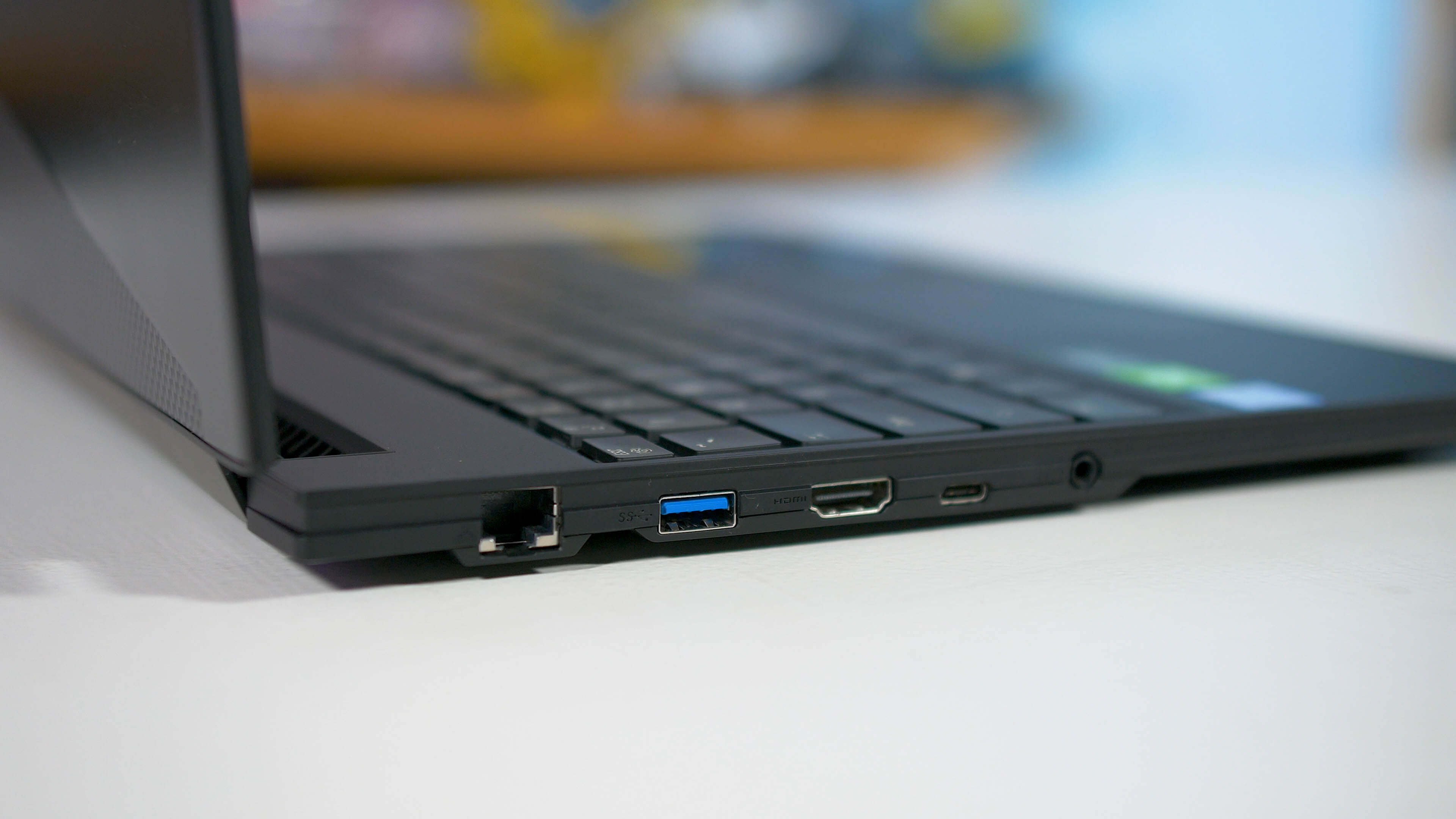
Gigabyte has been the use of a comparable design for the beyond couple of gaming computer generations, and we assume it largely holds up nowadays. This layout become one of the first to use slim bezels around the display, now that’s a miles extra commonplace function, and it still appears proper right here. The disadvantage is the webcam remains sitting under the screen. Newer narrow bezel designs have fixed this hassle, both through a small boom in the top bezel or inclusive of a digital camera bump. Hopefully Gigabyte is going with this technique next time, even though in case you're anything like me, I nearly by no means use the webcam, so it is not a dealbreaker.
The pc is solidly constructed, using a aggregate of metal and plastic. There’s no longer a variety of gamer flare that is nice, making it suitable for both gaming computer or as a workstation. There are nevertheless a few seams around the vicinity that make it appearance much less glossy than something like a Razer Blade or MSI GS Stealth; Gigabyte’s layout, at the same time as not terrible by way of any approach, is more of a useful build than for pure aesthetics.
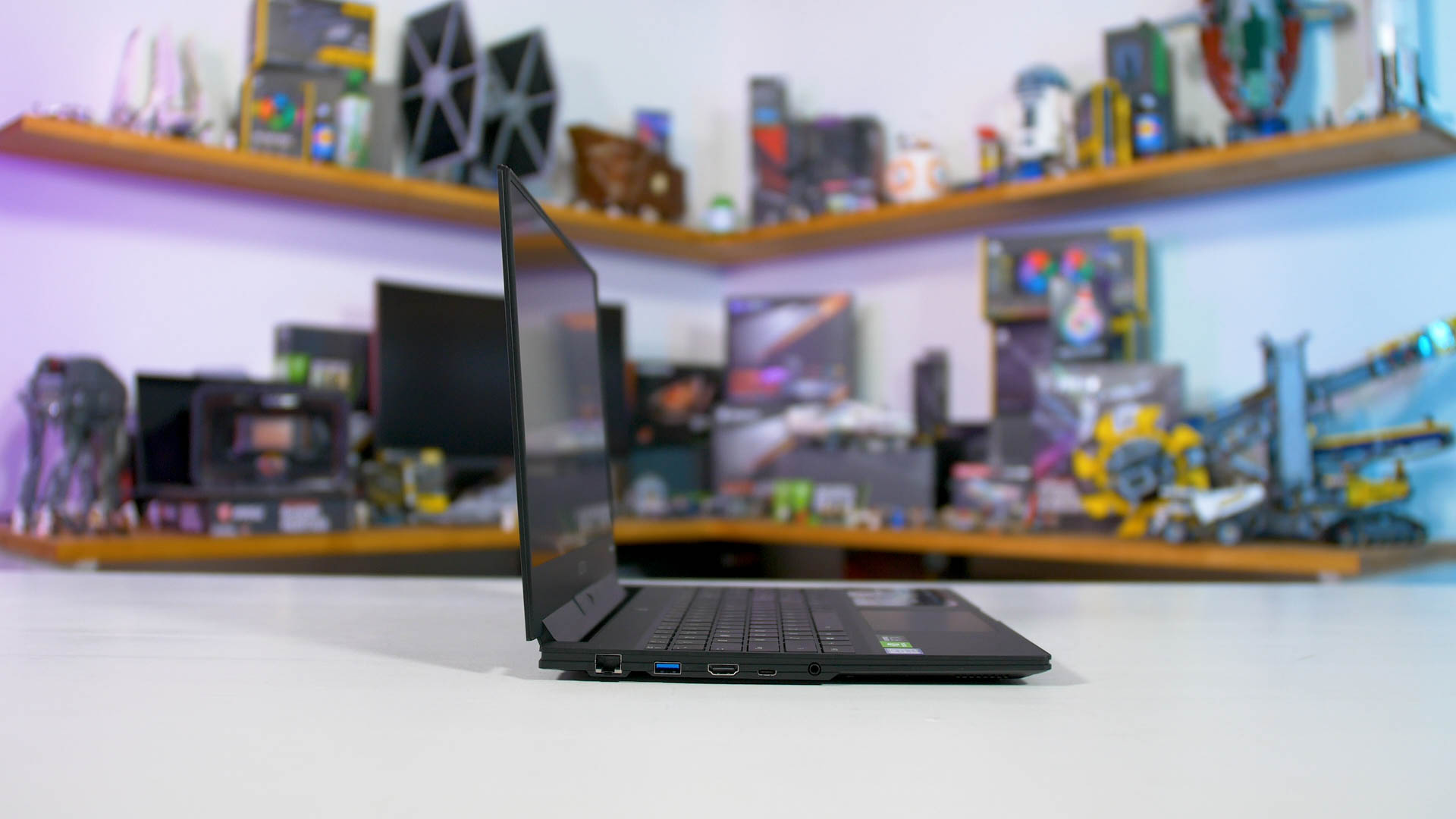
This is likewise reflected in the size and weight. 18.9mm thick and four.four lbs heavy puts it inside the slim and mild gaming pocket book category, but it’s now not tough for any data.
Those who want some thing that’s no longer chunky could be happy with the Aero 15X, despite the fact that chunky laptops tend to be plenty inexpensive for the hardware you get. Portability always comes at a price.

I/O is superb: USB-C ports, one Thunderbolt 3 Type-C and the opposite USB three.1. There’s a further 3 USB three.1 ports, gen-1 and one gen-2. Then you get Ethernet, HDMI 2.0, a 3.5mm audio jack, and an SD card reader. No need for dongles with this system, it has essentially everything.
The keyboard still has a nice, reasonably clicky tactile reaction with consistent with-key RGB backlighting controlled thru Gigabyte’s Fusion software. We respect the numpad, although the truncated proper shift to fit in the arrow keys is a piece stressful. We’re also very happy to document the crappy ELAN trackpad used in preceding fashions has been ditched for a better, greater responsive, high precision model. It’s a big improve.
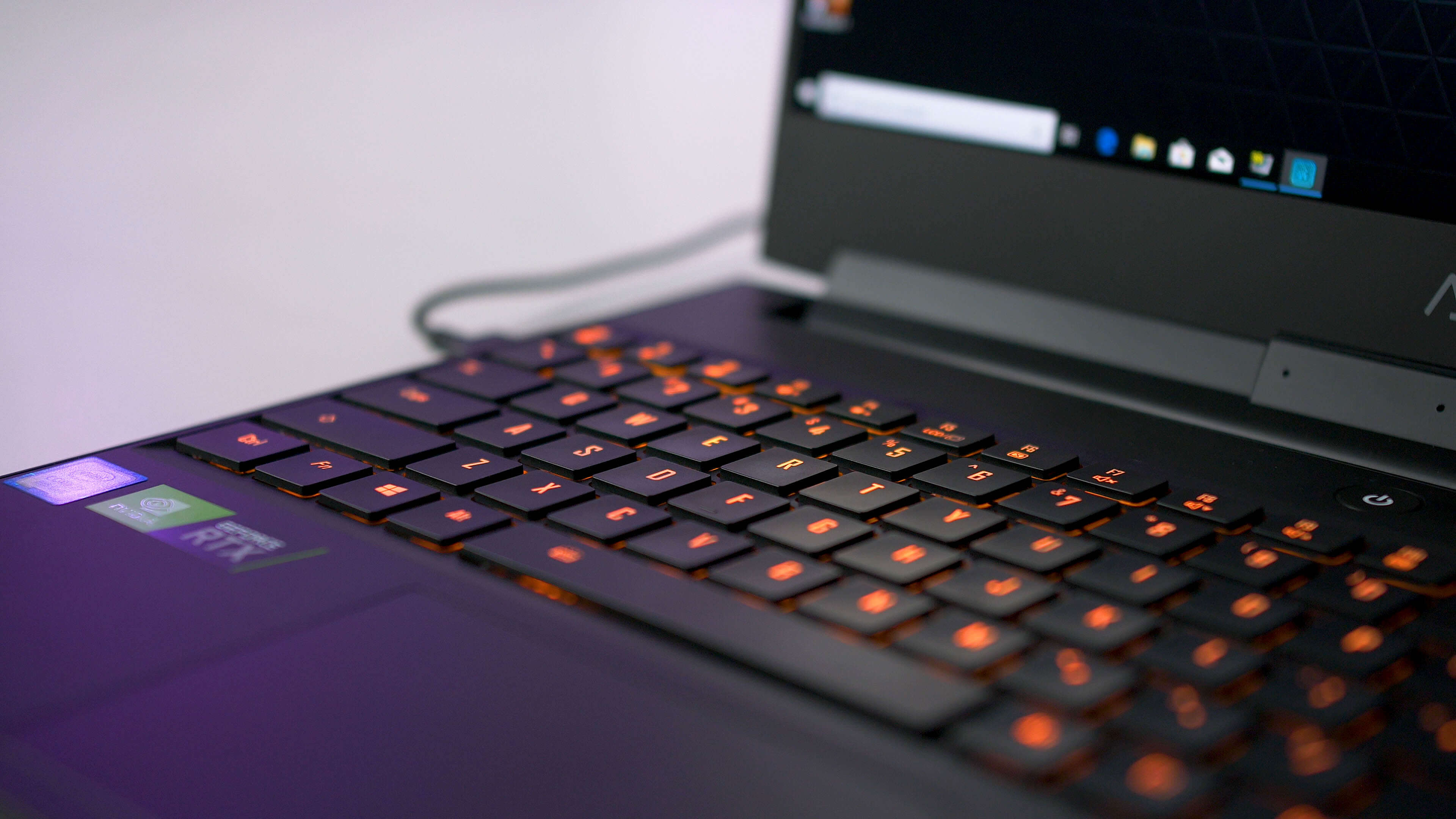
In phrases of overall performance, there’s no longer a lot to mention in this Laptopthat we haven’t covered formerly, though we have nevertheless prepare a overall performance review under.
For productivity, the Core i7-8750H with 32GB of RAM plays exactly as anticipated (study our complete review). In maximum productiveness workloads, the new GPU doesn’t come into play, so that you’ll get the usual productivity overall performance we’ve seen from those forms of laptops for approximately a year now.
Comparing the new Aero 15 X9 to the older Aero 15X v8, performance is roughly equal. There have been some workloads like Cinebench wherein the new model is a little slower. There have been a handful of workloads like Handbrake in which performance is on par. And there have been some obligations where the brand new model is quicker.

When breaking down those quicker workloads, we have two elements at play: the Aero 15 X9 we reviewed has dual-channel DDR4-2666 memory, which presents better bandwidth than the unmarried-channel configuration in the Aero 15X v8 with 16GB of RAM. For tasks like 7-Zip and MATLAB, there’s a overall performance benefit due to the fact to this.
Then we also see a few improvements in GPU-elevated applications. Premiere doesn’t gain notably from the quicker RTX 2070 Max-Q because the GPU is largely doing all it can here to accelerate rendering. Around the level of the GTX 1070 Max-Q there’s now not a good deal else to be gained from greater GPU performance in our take a look at. Blender does see a big improvement, to the song of 26 percent, on this workload run absolutely on the GPU.
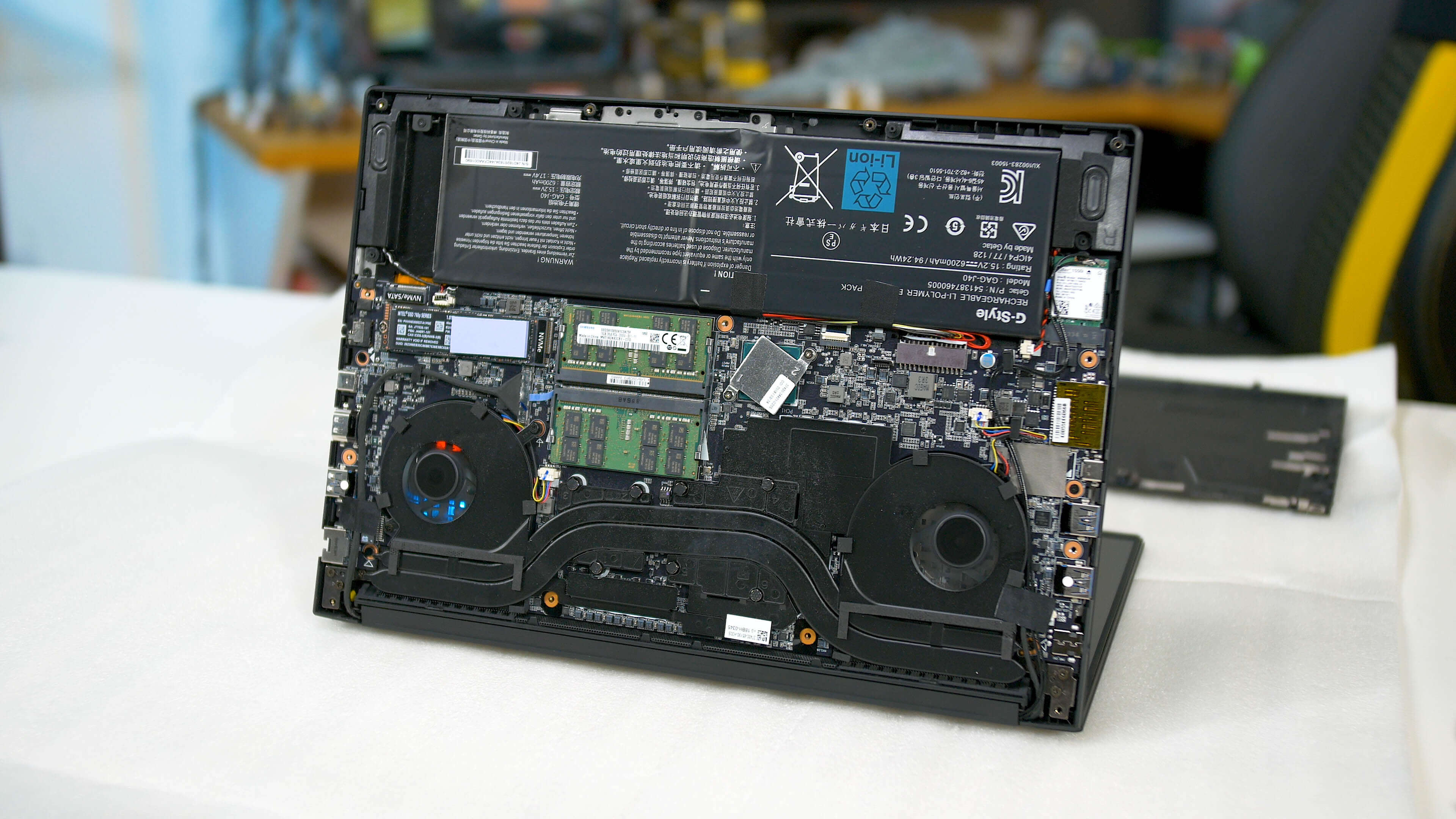
The accurate news is depending to your workload, you may anticipate both the same overall performance as other i7-8750H structures, or possibly a bit higher thanks to the quicker GPU. That said, the 16GB Aero 15 X9 continues to be unmarried-channel, so in the ones memory bandwidth restricted responsibilities it gained’t be as speedy as we are showing here.
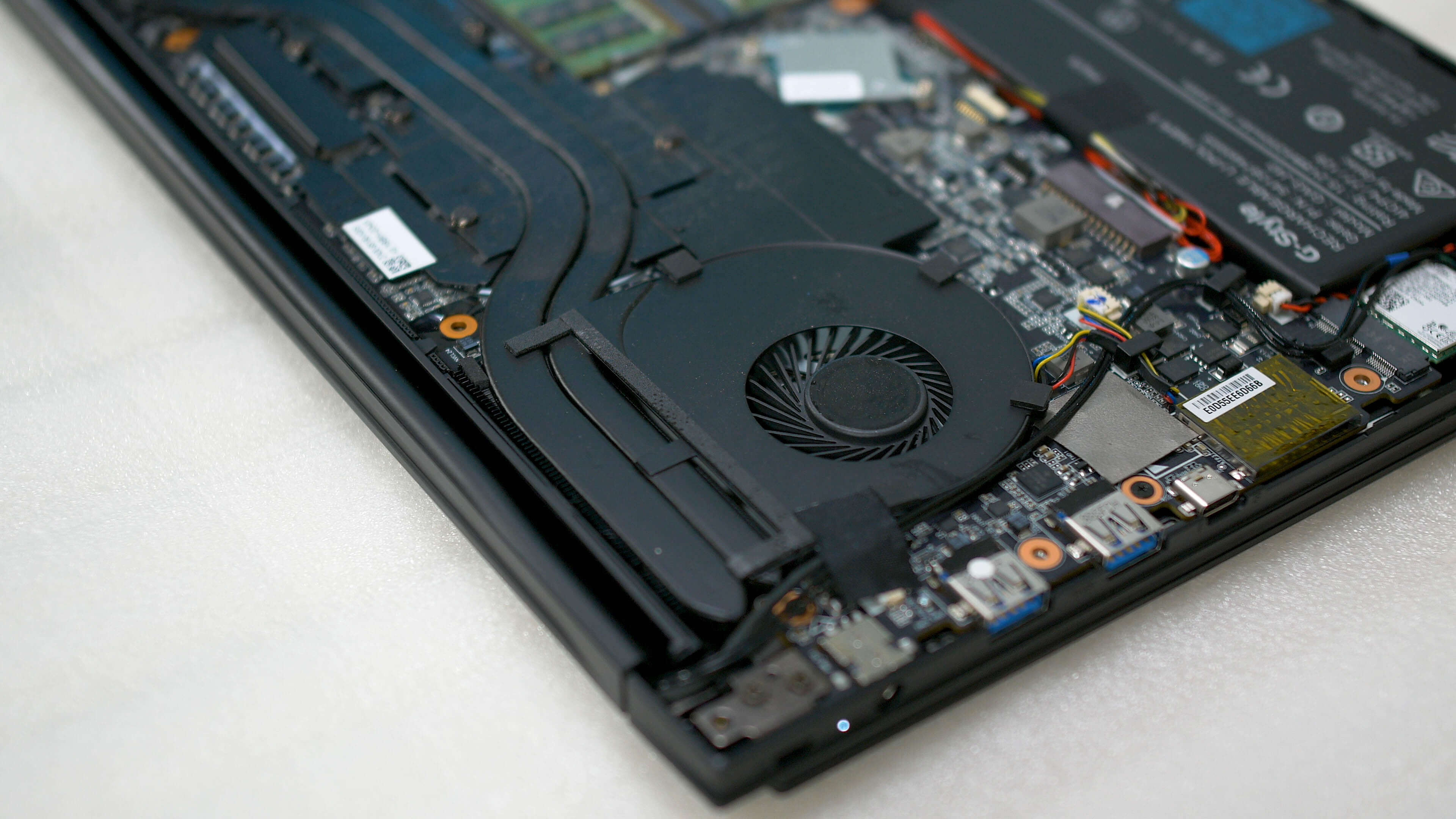
It’s worth pointing out that the Aero 15 X9 has several one of a kind performance profiles. Aside from guide controls there’s quiet, regular and gaming fan profiles. In addition we have the AI capabilities, of which there are two modes. The inexperienced local mode analyses what you are doing in your machine locally and attempts to discover the right overall performance and fan profiles for the challenge at hand, even as the red cloud mode movements that AI paintings to the cloud for potentially better effects.
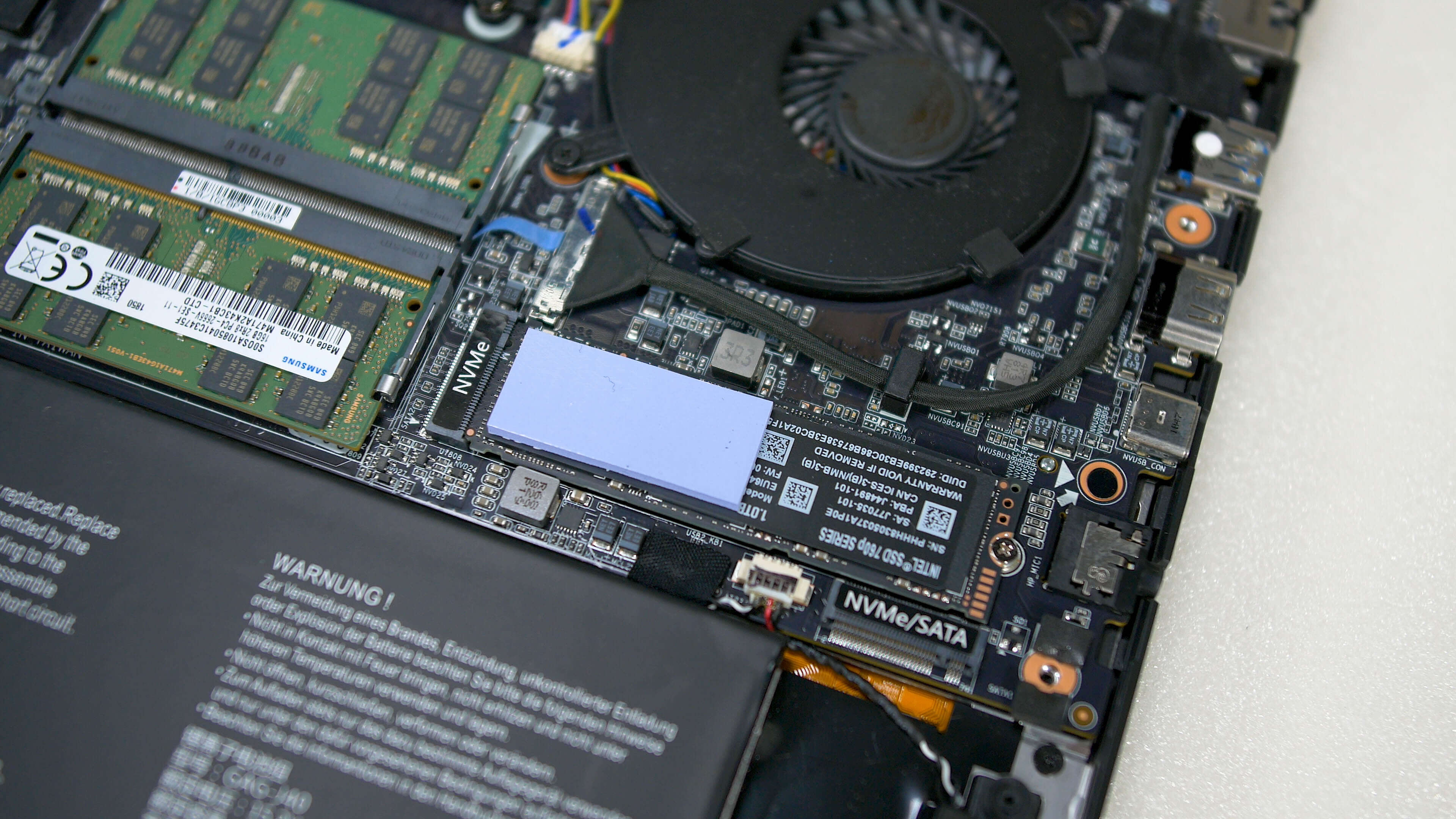
However for CPU-restricted workloads, whether short or long, we found that so long as you are the use of at the least the Normal fan mode, there may be no distinction in performance. The AI modes didn’t do much to decorate the performance. For gaming, the AI modes are an improvement upon the Normal fan mode, specially the cloud mode. However the use of either the Gaming mode, or setting fan speeds to maximum, presents higher performance once more. For our gaming exams which we’ll get to in a moment, we used the Gaming mode.
We suppose the AI modes have promise especially if they can learn over the years as to what modes deliver the first-class overall performance. This is still early days for the Aero 15 X9 and this machine. It’d be cool if it introduced top-rated overall performance at the same time as additionally tuning the fan speeds, because the Gaming mode is pretty loud in general, but at the least for now sticking to the Gaming mode even as in GPU-heavy tasks is the satisfactory preference.

A few other brief productiveness comparisons earlier than getting into gaming overall performance. If you’re upgrading from a Core i7-7700HQ laptop or some other one in all Intel’s quad-center 45W notebook CPUs, the six-middle Core i7-8750H offers about 35% more performance on common, although in closely multi-threaded tasks gains can be up round 50%. If you do a number of rendering paintings on the cross, it’s absolutely worth the improve to get right of entry to the ones greater cores.

And then if you’re thinking about whether or not it’s well worth buying a overall performance-oriented portable computer over a 15W ultraportable, right here’s how the i7-8750H stacks up towards Intel’s state-of-the-art Whiskey Lake Core i7-8565U.
In CPU workloads you’re searching at double the performance for encoding, and whilst factoring in the substantially extra powerful GPU it will become a massacre. For any serious innovative paintings at the go, a configuration like the Aero 15 X9 with a six-middle CPU and discrete GPU is definitely the best option.
In better news, noise levels whilst the use of the computer for productivity responsibilities is lots higher. It’s nonetheless not a quiet machine, at a touch under forty dBA during a Handbrake encode, but that is mid-tier amongst gaming laptops. This is the usage of the normal fan mode, because the gaming mode saw no extra overall performance increases for CPU-restrained apps.


Thermally the computer gets pretty hot, warmer than the preceding Aero 15X v8. CPU temperatures are unchanged but high for a gaming laptop, around 90C, although throttling wasn’t a huge challenge. Thicker gaming laptops are in the direction of the seventy five to 80C mark. However GPU temperatures with the RTX 2070 Max-Q have extended as compared to the GTX 1070 Max-Q, now sitting around 86C in comparison to 79C.
The chassis of the pc additionally receives warm. The fans exhaust air via a fap underneath the show, but the position of these vents approach the recent air is redirected in the front of the display, in the direction of the keyboard. Most other laptops vent out the perimeters and returned, both at the back of the show or onto the table. In venting forwards, the top edge of the laptop gets particularly warm, up over 50C in the course of gaming inside the center near the strength button. Directly underneath this, the keyboard can be over 40C. Luckily the WASD keys are cooled nicely, across the 30C mark, but that isn’t authentic for the complete keyboard.

The average thermal performance surprises us considering what the Aero 15 looks like internally. We bet there are just some inefficiencies within the layout. The pc is pretty upgradeable while casting off the bottom cover even though, revealing easy get right of entry to to the memory slots and a second, free m.2 slot for garage enhancements.
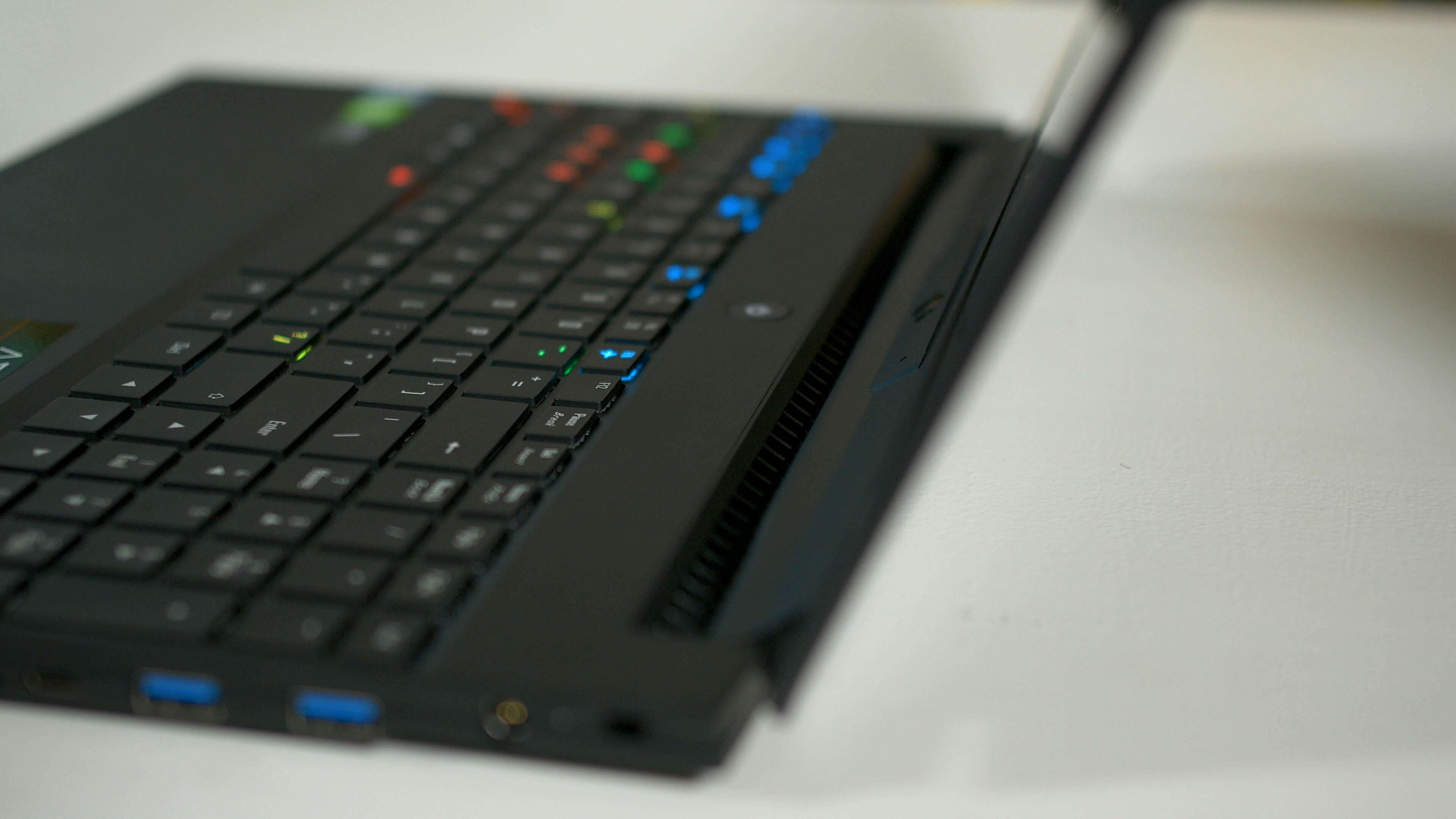
Our Aero 15 X9 Auroraunit got here ready with the 4K 60Hz IPS display choice, as opposed to the 144 Hz 1080p option we reviewed within the older version. The 4K choice is the path you’d take in case you need to use this pc for innovative workloads or content material introduction, as 4K is too in depth for the RTX 2070 Max-Q for gaming. Instead, game enthusiasts are be better off with the excessive-refresh 1080p screen, particularly as the GPU can deal with many games around the 100 FPS mark on Ultra settings at this decision.
While this show is supposedly X-Rite Pantone certified, we have some troubles with the 4K panel and its calibration. This is a extensive gamut display concentrated on 100% Adobe RB and it comes with what is supposed to be a manufacturing facility calibrated profile established. However the profile has been generated incorrectly. It looks like Gigabyte has mapped the show’s huge colour primaries because the sRGB color primaries, which leads to oversaturation and other bizarre behaviour. We noticed this oversaturation proper away, the entirety is extremely colourful on this panel. Proper calibration should allow both sRGB and huge gamut content material to be mapped well with only a single profile.
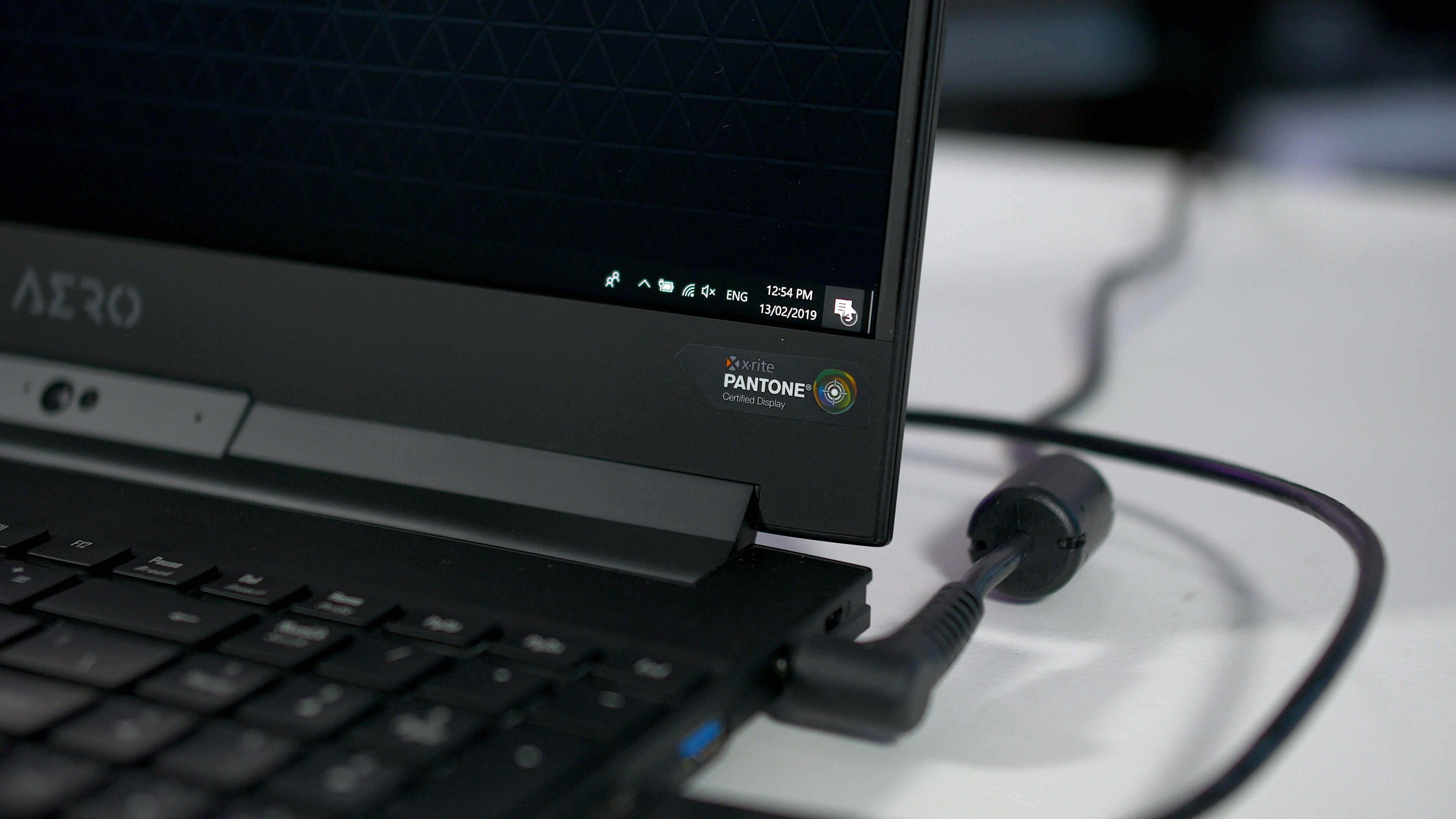
This is disappointing for those that might have wanted to use the display immediately out of the container, however it may additionally be an issue with our early evaluation unit. On the upside, because the display is greater than able to 100% Adobe RGB coverage, calibrating it properly will cause suitable consequences. We additionally recorded a close to 1400:1 assessment ratio which is powerful for an IPS panel, in conjunction with top brightness of 360 nits and excellent viewing angles. The panel best is there, it’s just the calibration that’s letting it down.


Final two bits of performance: the Intel SSD 760p used inside the Aero 15 X9 is extraordinarily rapid, one of the fastest SSDs to be had in contemporary gaming laptops. That’s a pleasing bonus. Then for battery lifestyles, it plays further to other slender and mild laptops, if a little decrease due to the 4K display.

Overall, the Gigabyte Aero 15 X9 isn’t a massive improvement over ultimate year’s model, however it does percent a few quality enhancements. While Nvidia’s RTX features don’t provide a lot in this GPU layout, the RTX 2070 Max-Q is ~10% faster for gaming at 1080p, that you’d take every time thinking about there’s no change to the shape element. The advanced trackpad is a protracted late addition. And some of the brand new software program equipment aren’t recreation changers, but could be promising if more work is positioned into them.
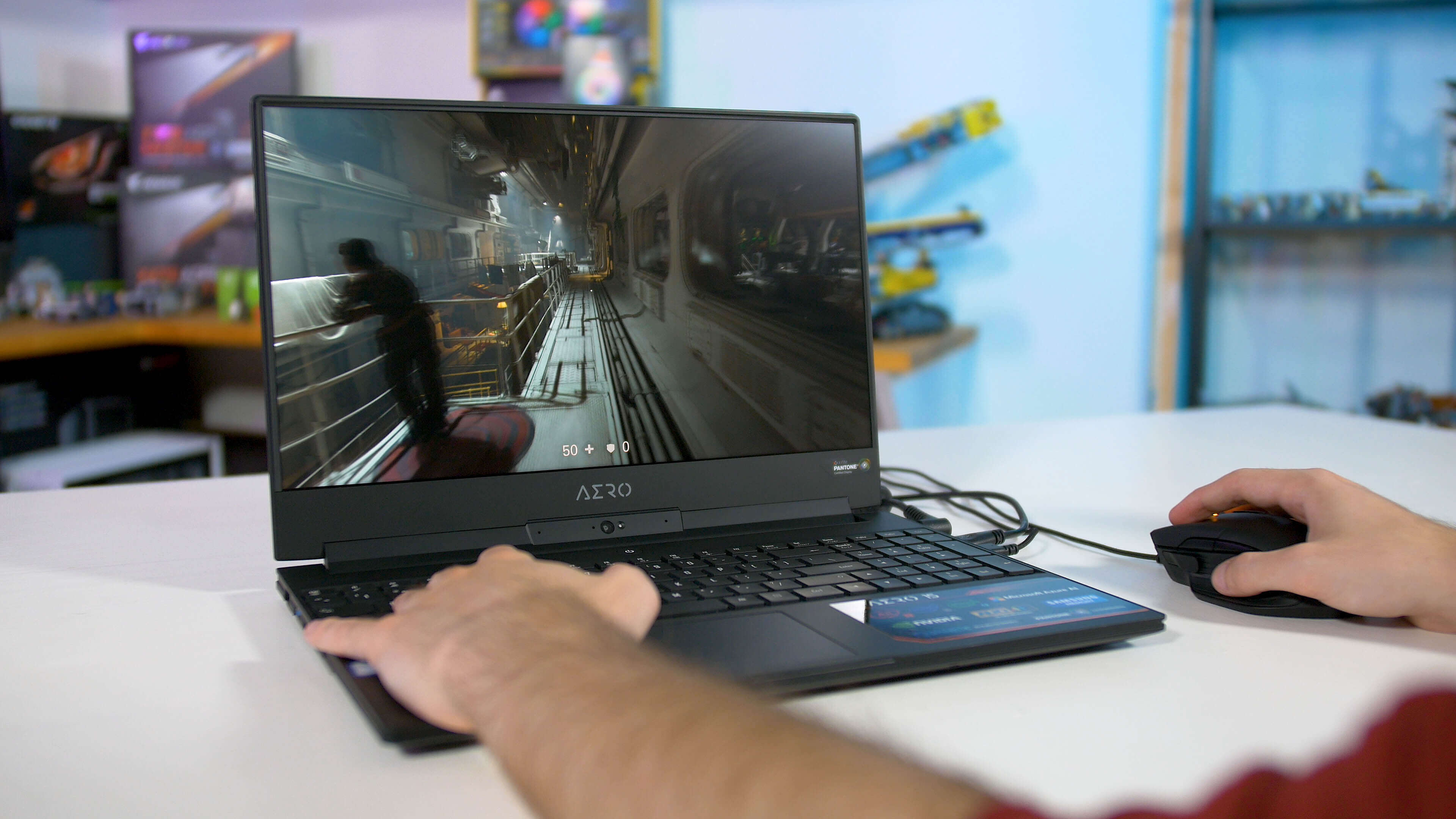
These modifications have been made without sacrificing other factors that already made this laptop wonderful. It’s nevertheless a nicely-built, transportable design with a huge battery. The Core i7-8750H plays nicely, making the computer amazing for productivity. There’s nevertheless a 1080p 144Hz display alternative for gamers, and when calibrated well the 4K display screen alternative is awesome for creators. There’s lots of I/O and easy inner upgradeability for each the RAM and storage. The consistent with-key RGB backlight keyboard is still one of the nice in its class.
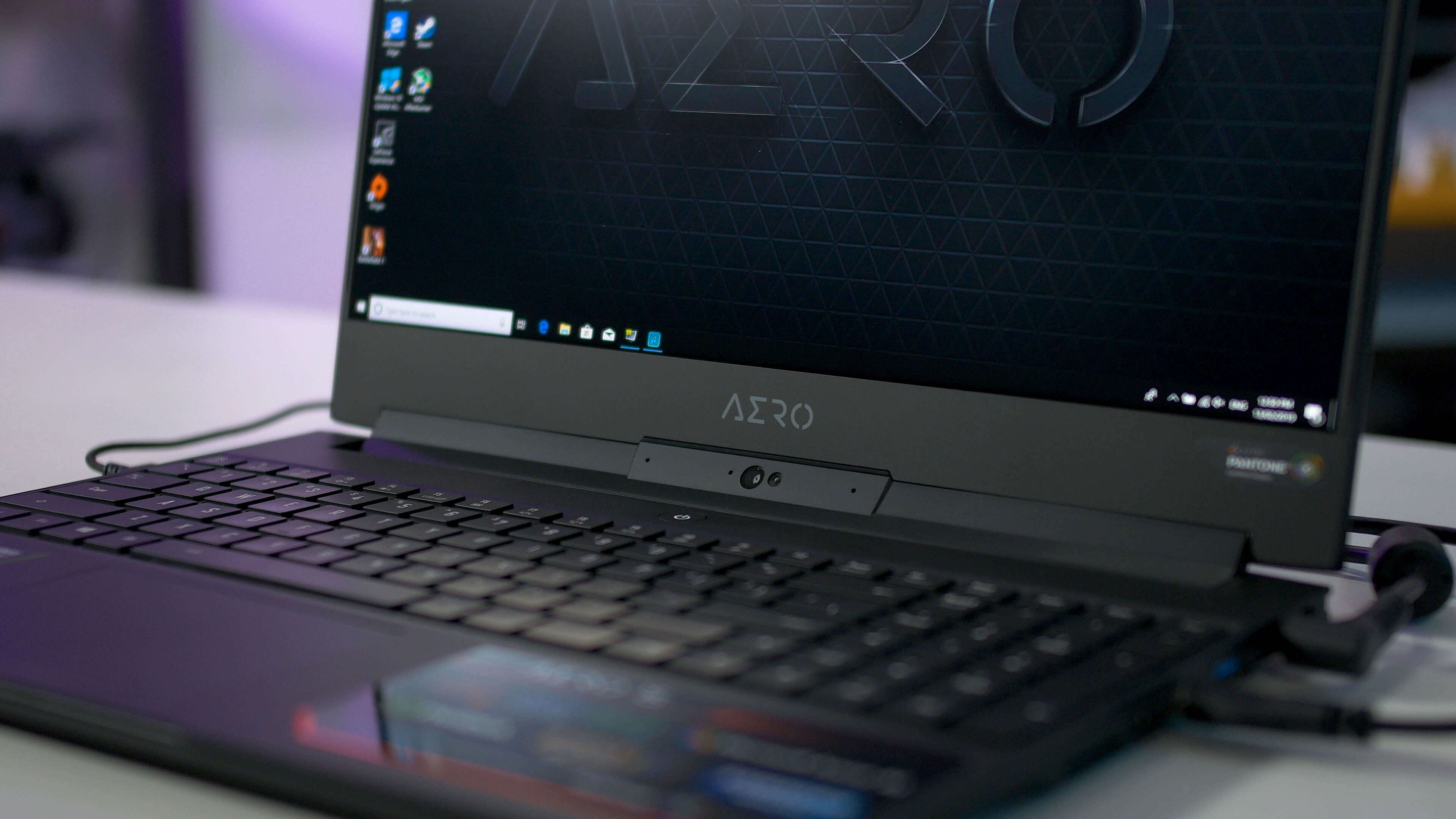
With that stated, two of our number one concerns with this pc design haven’t been addressed. The cooler continues to be loud and it runs hot to deliver performance equal to other structures. The webcam position is also no longer tremendous, a spinoff of this early bezel-unfastened layout.
Whether the Aero 15 X9 is a good purchase comes all the way down to what rate you may get one at. Right now, for a decent hardware loadout you’re looking at $2,four hundred. For the GPU improve alongside over the 1070 Max-Q is not well worth the top class, if you can discover equivalent skinny and mild laptops for under $2,000 with nearly identical specifications in any other case.
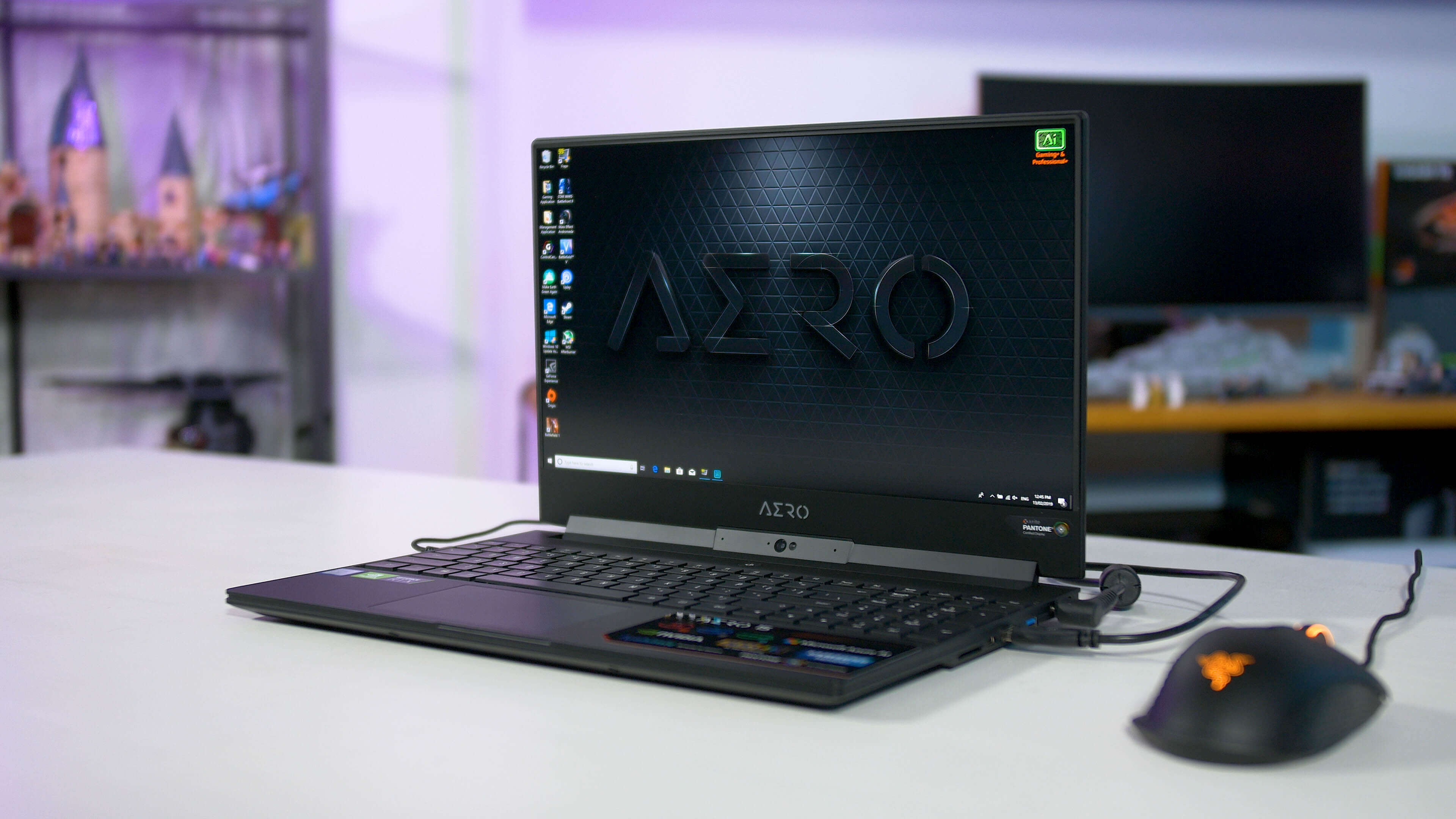
But these GTX 1070 Max-Q laptops won’t be around for a good deal longer... Right now, there are only some thin and light gaming machines that use the RTX 2070 Max-Q: except the Gigabyte Aero there may be the MSI GS65 Stealth and the Razer Blade 15.
The MSI option is promoting for the same fee, and even as we haven’t examined the new RTX model yet, remaining year we had a mild preference for it over the Aero. The new Blade 15 is $two hundred greater highly-priced and packs a smaller SSD, even as the general aesthetics are arguably nicer.
But as is constantly the case with these portable gaming machines, it will rely on how an awful lot you are inclined to spend for the portability factor. For pure performance, there are faster alternatives available in thicker, heavier chassis. Both Asus and Gigabyte provide the whole RTX 2070 GPU in their thicker chassis for $2,000. That’s a higher value alternative if you don’t see yourself moving the laptop around very a good deal.
- Gigabyte Aero 15 X9 (1080p/144Hz) on Amazon
- Gigabyte Aero 15 X9 (4K model) on Amazon
- Razer Blade 15 (2070 Max-Q) on Amazon
- MSI GS65 Stealth (2070 Max-Q) on Amazon
- Gigabyte Aorus 15 X9 (full mobile RTX 2070) on Amazon
- Asus ROG Strix Scar II (full cell RTX 2070) on Amazon
0 Response to "Gigabyte Aero 15 X9 Laptop Review: RTX Inside"
Post a Comment